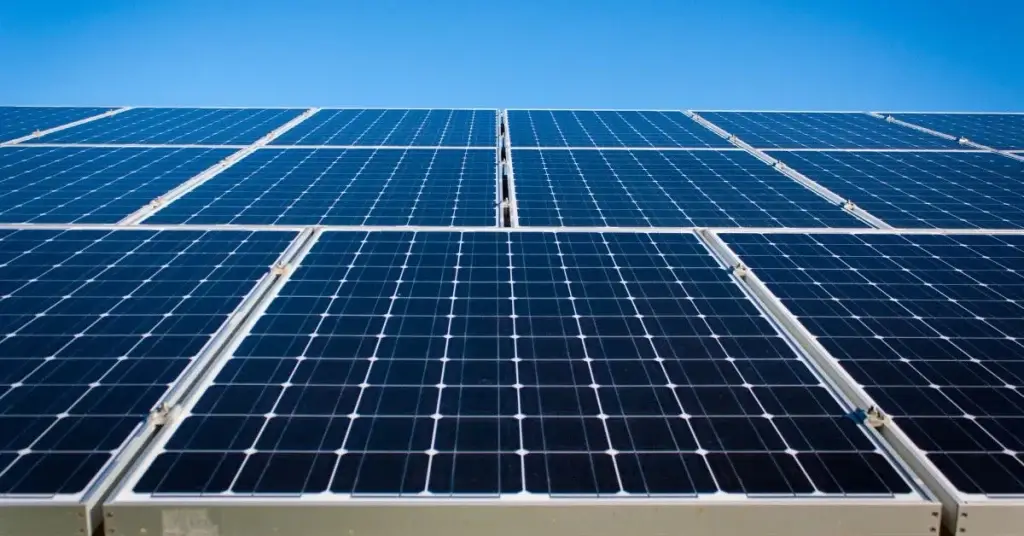Solar power has long been celebrated as a sustainable and renewable energy source, providing an alternative to traditional fossil fuels. Recent technological progress has brought about innovative designs in solar panels, with XCV panels emerging as pioneers in transforming solar energy generation.
XCV panels, standing for “eXtreme Capacity Voltage panels,” signify a breakthrough in solar panel technology. Unlike conventional photovoltaic (PV) panels that directly convert sunlight into electricity, XCV panels employ a distinctive blend of materials and design features to amplify efficiency and performance.
Traditional Solar Panels vs. XCV Panels
Conventional solar panels utilize silicon cells to convert sunlight into electricity, yet they face challenges such as temperature sensitivity and shading, which hinder their efficiency. In contrast, XCV panels integrate advanced materials and engineering strategies to mitigate these limitations, resulting in enhanced energy yields and improved reliability. By leveraging innovative design principles, XCV panels optimize performance even in adverse conditions, making them a promising solution for sustainable energy generation. Their ability to overcome traditional constraints marks a significant advancement in solar technology, offering greater potential for widespread adoption and tremendous contributions to renewable energy initiatives.
How XCV Panels Work
XCV panels feature a dual-layer design integrating semiconductor materials with distinct bandgaps, allowing for the capture of a broader range of sunlight, from visible to infrared wavelengths. Moreover, the generated electricity is efficiently converted and stored through pioneering voltage optimization methods for practical usage. This advanced configuration enhances the panels’ efficiency in harnessing solar energy and ensures optimal utilization of the captured sunlight, maximizing energy output. By effectively leveraging these innovative technologies, XCV panels represent a significant step forward in solar energy generation, promising greater sustainability and reliability in renewable power systems.
Benefits of XCV Panels
Adopting XCV panels yields various benefits for individuals and businesses:
- Heightened Efficiency: XCV panels outperform traditional counterparts, leading to heightened energy production due to their superior efficiency ratings.
- Enhanced Performance: XCV panels maintain peak performance regardless of environmental fluctuations by capturing a broader spectrum of sunlight.
- Augmented Durability: Incorporating advanced materials and construction, XCV panels boast prolonged durability and reduced maintenance needs, bolstering reliability.
- Ecological Sustainability: Leveraging renewable energy, XCV panels aid in curbing carbon emissions and lessening ecological footprints, contributing to a greener future.
Efficiency and Performance Comparison
Research has consistently shown that XCV panels surpass traditional solar panels in efficiency and energy production. This superiority stems from XCV panel technology’s innovative design and optimization features.
Environmental Impact of XCV Panels
The widespread adoption of XCV panels holds profound implications for environmental conservation and sustainability. By harnessing solar energy, XCV panels play a pivotal role in diminishing dependence on non-renewable resources and mitigating the adverse impacts of climate change.
Cost Considerations
Although the initial investment in XCV panels may exceed traditional solar panels, the long-term advantages significantly outweigh the upfront expenses. Factors such as amplified energy savings, diminished maintenance costs, and potential incentives and rebates all contribute to the overall affordability of XCV panel installations.
Applications of XCV Panels
A variety of sectors use XCV panels, including:
- Residential buildings
- Commercial properties
- Industrial facilities
- Agricultural operations
- Remote and off-grid installations
Future Developments and Innovations
Ongoing research and development endeavors in solar energy hold promise for further advancements in XCV panel technology. Innovations like enhanced materials, refined manufacturing processes, and integrated energy storage solutions are poised to propel continued growth and adoption.
Case Studies: Successful Implementations
Numerous real-world examples illustrate the successful integration of XCV panels across various settings. From residential rooftop installations to expansive solar farms, these case studies underscore the practicality and efficacy of XCV panel technology.
XCV Panels in Residential Settings
In residential settings, XCV panels allow homeowners to produce clean energy and lower utility expenses. Advancements in design and aesthetics ensure that XCV panels seamlessly blend into existing architectural structures, enhancing functionality and visual appeal.
XCV Panels in Commercial and Industrial Settings
Businesses and industries can reap substantial benefits from adopting XCV panels. Through solar energy utilization, commercial and industrial facilities can slash operational costs, meet sustainability objectives, and bolster their corporate reputation.
Regulatory and Policy Considerations
The regulatory environment significantly influences the adoption and deployment of XCV panels. Government incentives, utility regulations, and building codes all impact the feasibility and economics of XCV panel installations. Continued advocacy and policy support are vital for creating a conducive environment for solar energy development.
Conclusion
XCV panels mark a paradigm shift in solar energy generation, presenting unparalleled efficiency, performance, and sustainability. As technology advances and economies of scale are achieved, XCV panels have the potential to foster widespread adoption, expediting the transition to a clean energy future.
